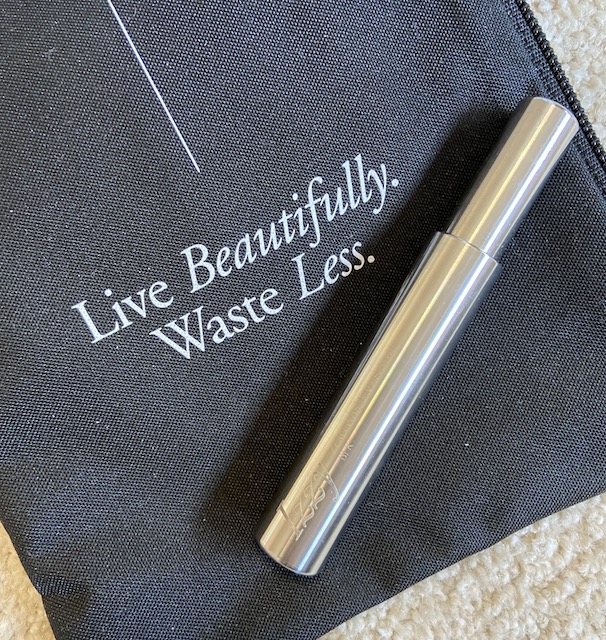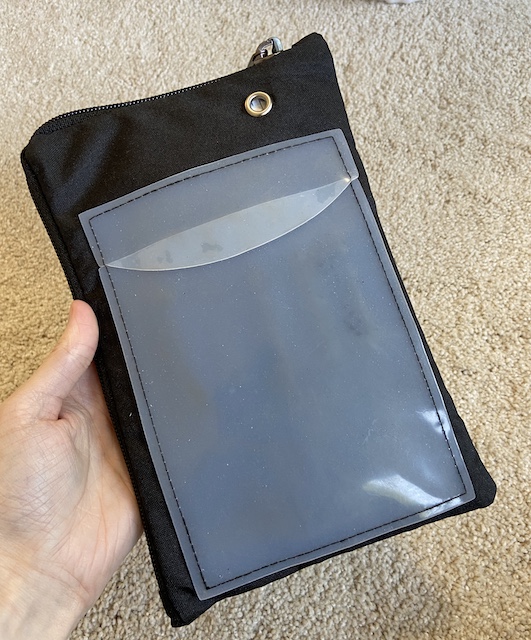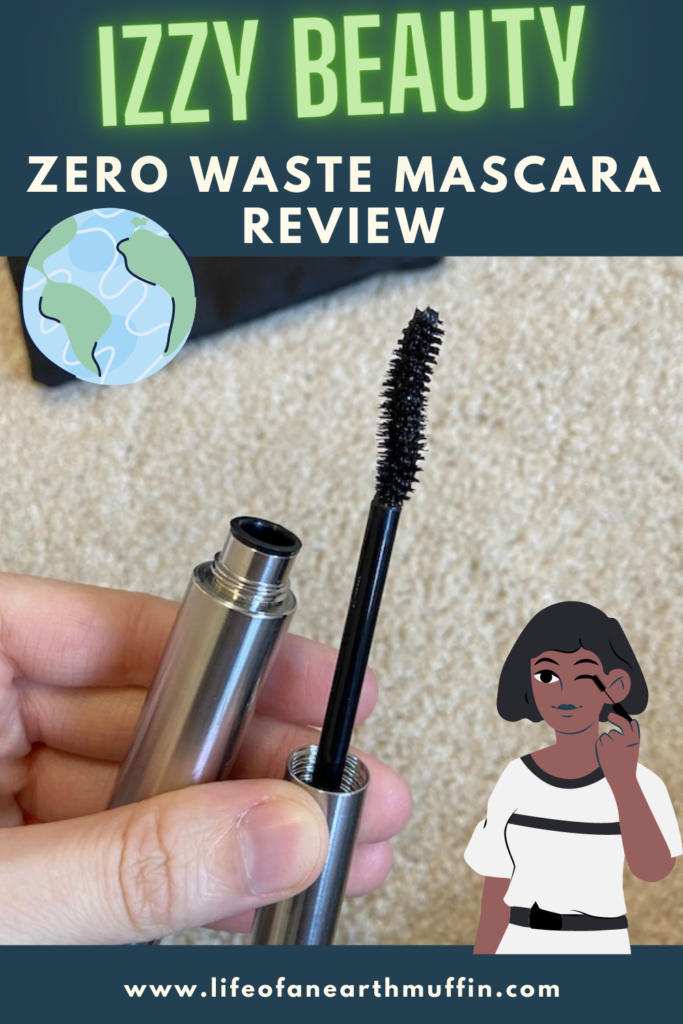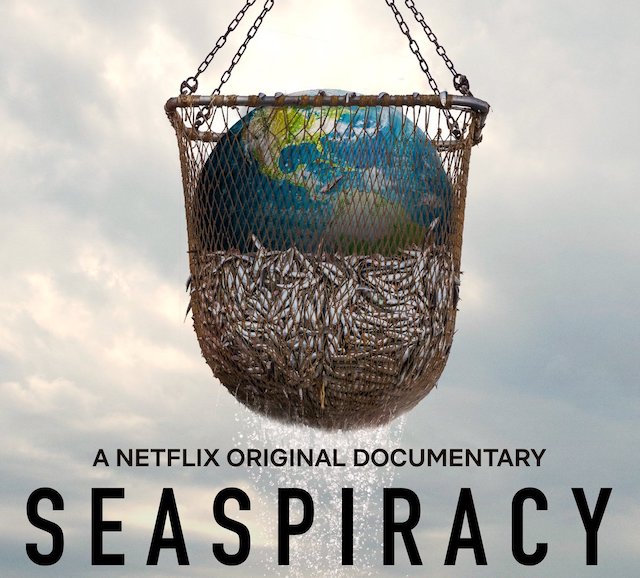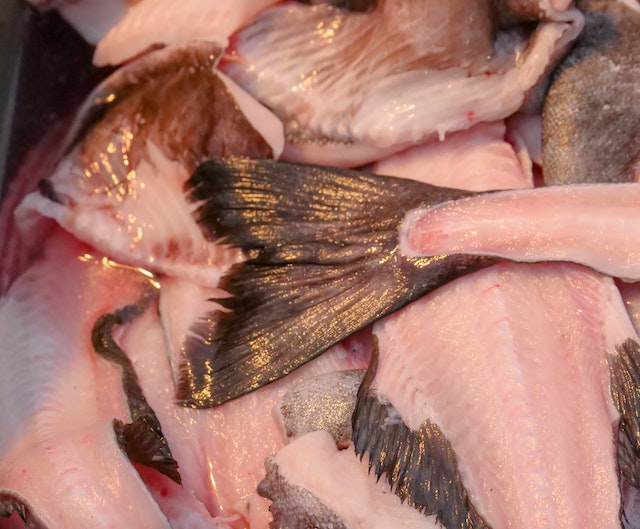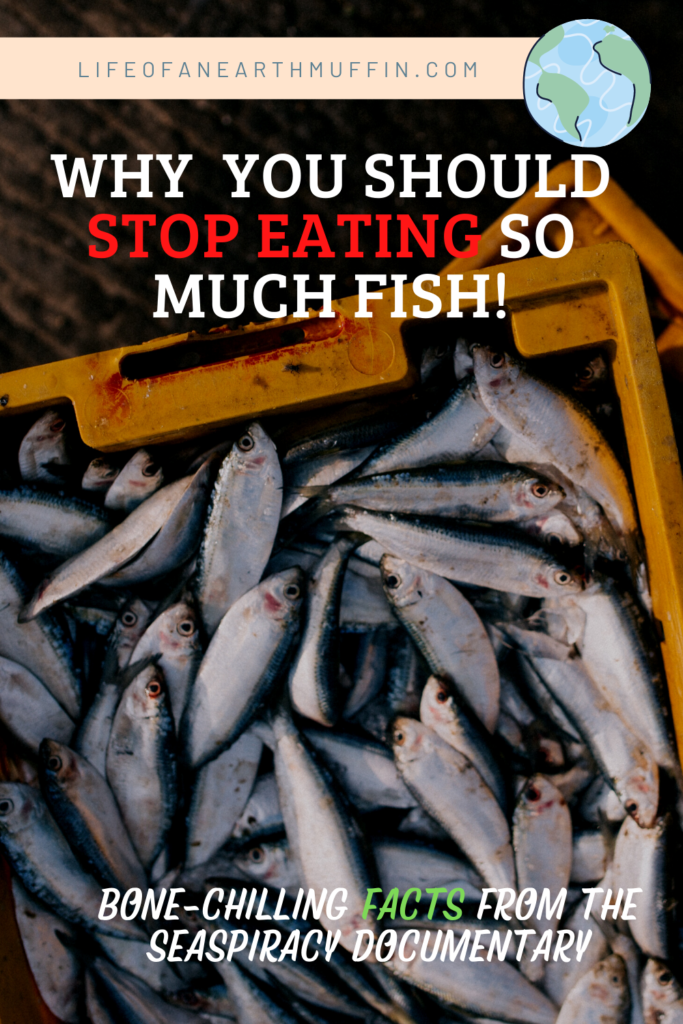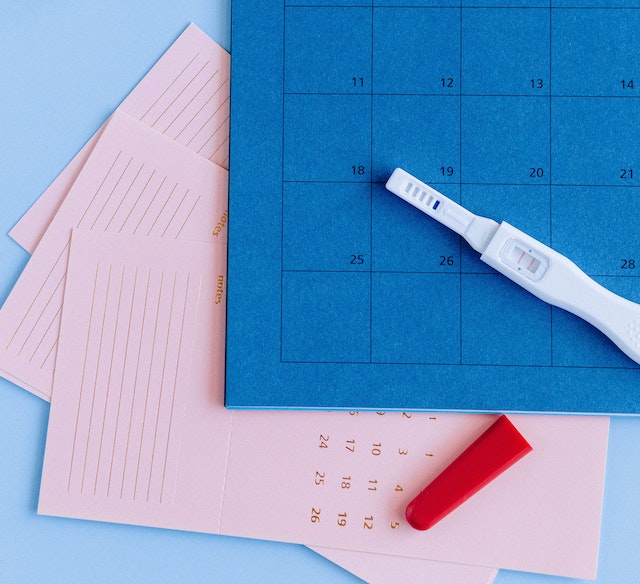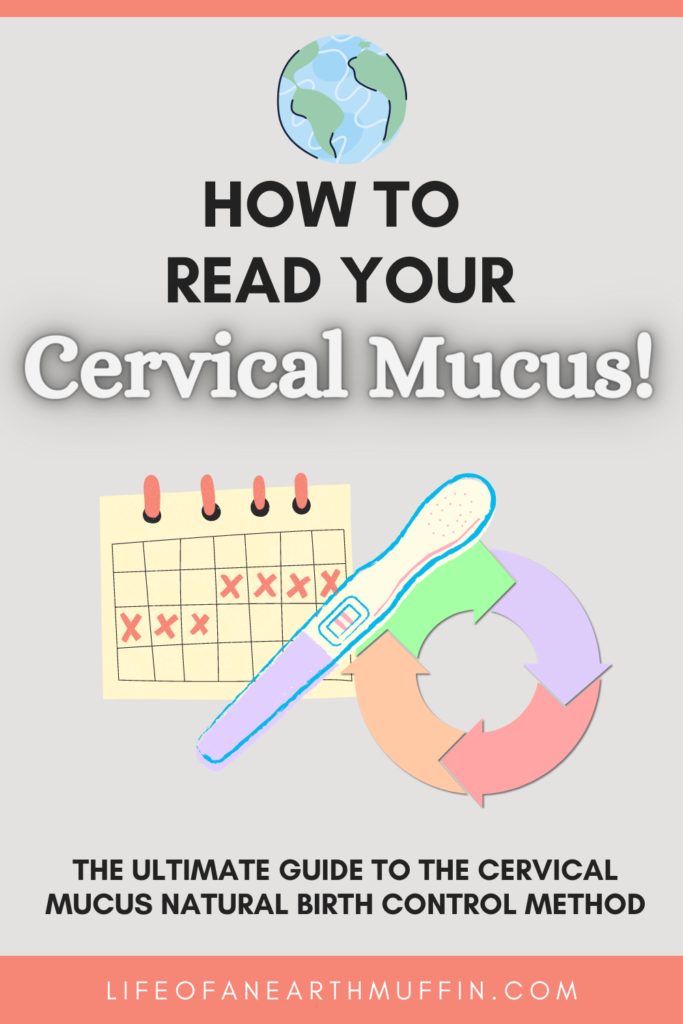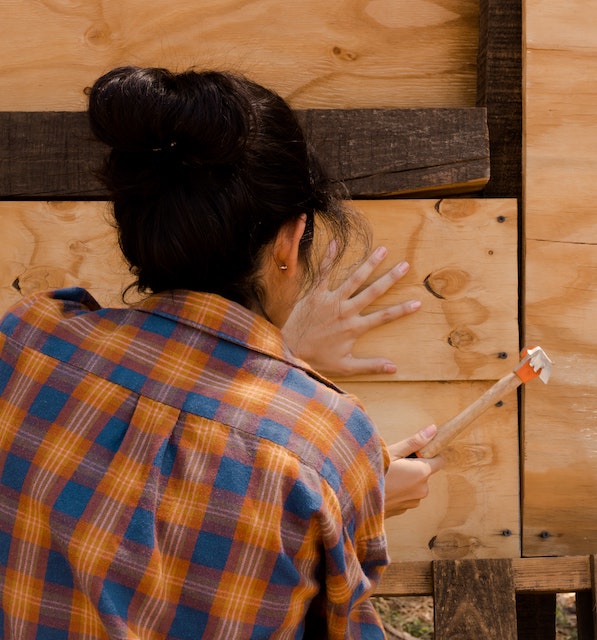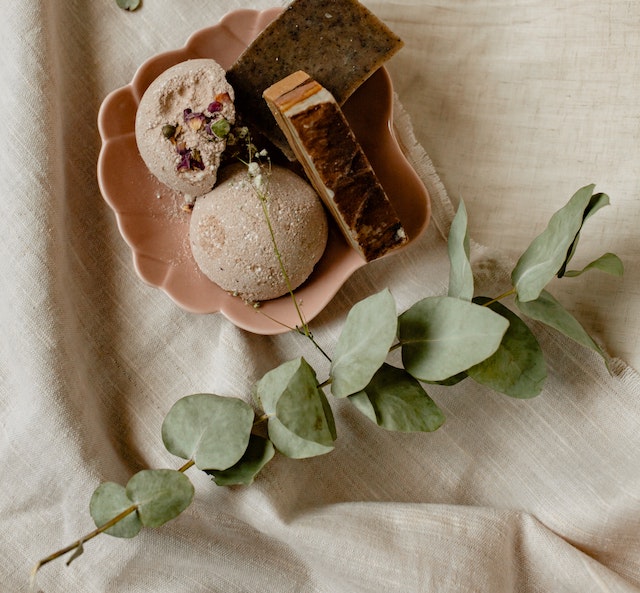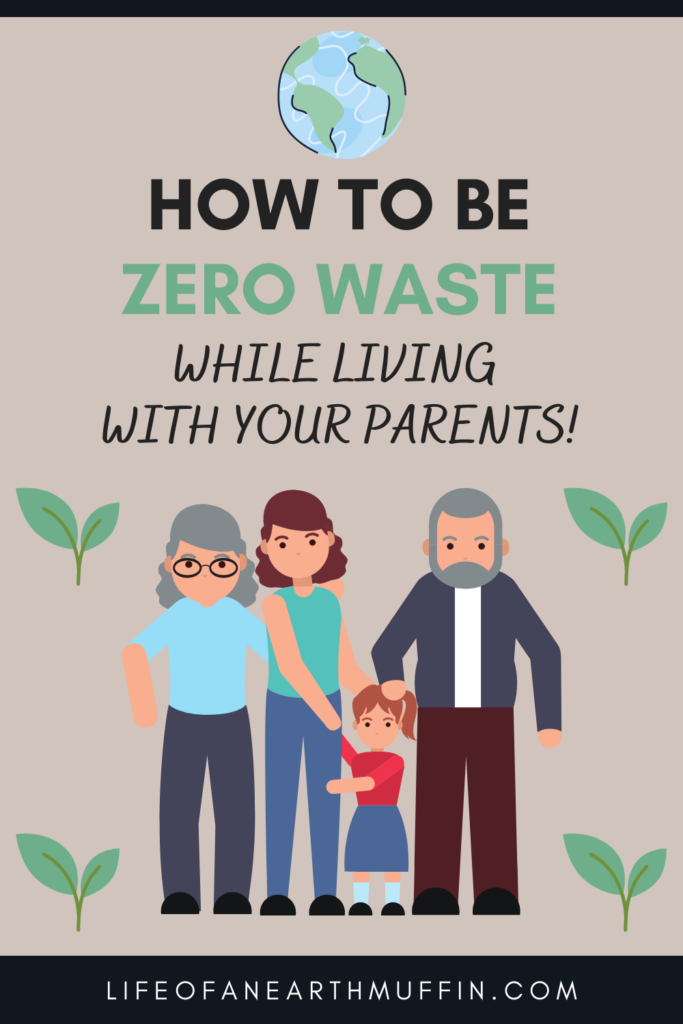Hey earth muffins! A couple of months ago, I shared my thoughts on bamboo toothbrushes. These are such a great swap to make in your bathroom. They are more eco-friendly than plastic toothbrushes and are even better for the environment than electric brushes as well. When making the switch to bamboo toothbrushes, it is important to dispose of them properly at the end of their use. Unlike typical plastic brushes (which get tossed in the trash), you must take the time to dispose each part of the brush in the correct place. This ensures that you create the lowest impact for this sustainable swap. Let’s jump into how to dispose of your bamboo toothbrushes!
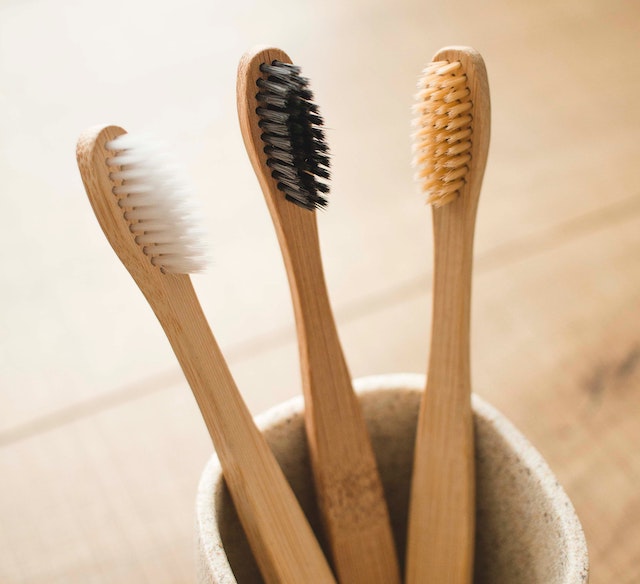
1. Check to see what your toothbrush is made out of.
Usually, the handle is made out of bamboo and the bristles are made of plastic. Don’t think that because the handle is made out of wood you can compost the whole toothbrush… Because you often can’t! The plastic bristles will not break down in a compost bin. Depending on what type of compost system you use, adding in the plastic bristles can negatively affect the rest of the compost bin too. Don’t think you can just throw the whole brush in the trash either. Even though the handle is made of bamboo (which is a natural material), it will NOT breakdown correctly in a landfill. As it decomposes, it will release methane – not good! There is no point in buying a bamboo toothbrush if you just plan on throwing it away.
2. Rip out the plastic bristles!
This is my favorite part of the whole process. 😊 Take some pliers and start ripping out those plastic bristles! They are often in small bundles on the brush head, so grasp a section firmly and give it a nice tug. They shouldn’t be super difficult to remove; I am quite weak (guilty as charged), and was able to easily rip out all of the bristles in about two minutes or less. Once all the bristles have been removed, throw them away into the trash! Check out this video below (at 1:35) to watch how to remove the bristles from your bamboo toothbrush.
3. Toss the handle into the compost bin or repurpose it.
Now that the plastic has been removed, feel free to throw the toothbrush handle into the compost bin. The wood will easily break down now that it has been disposed of correctly. If you don’t have a compost bin, I suggest finding someone in your area who does have one. Another alternative is to reuse the handle in some way around the house. I’ve seen some cute garden markers on Pinterest from old bamboo toothbrushes! For those heading on a camping trip before the weather gets cold again, use the wood as a fire starter. 🔥 Feel free to get creative!
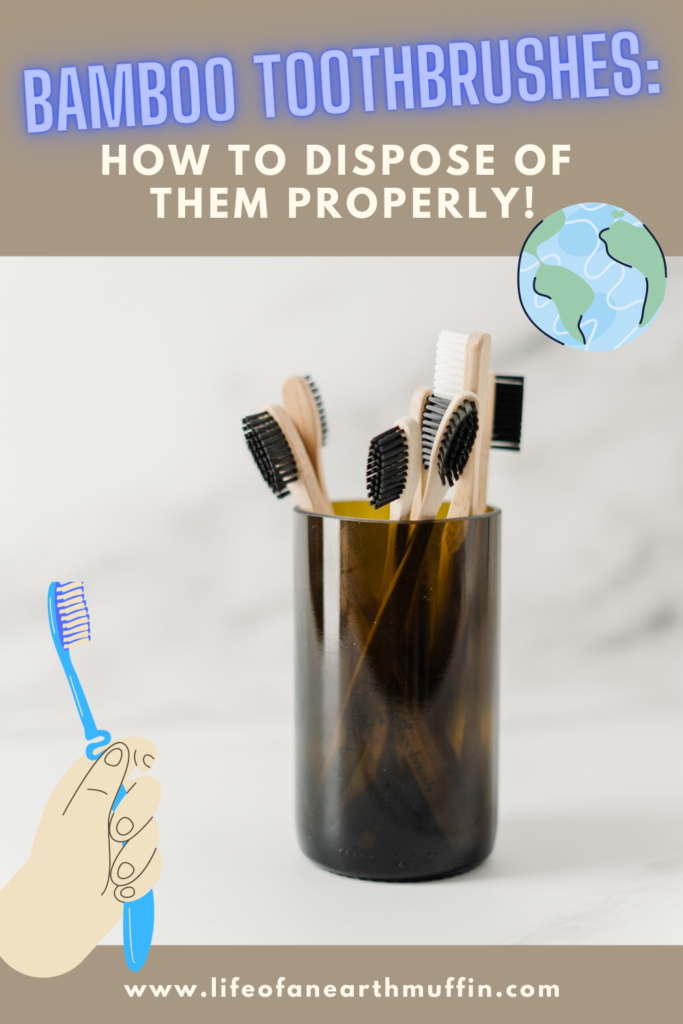
Final Thoughts on Properly Disposing Bamboo Toothbrushes
It is important to dispose bamboo toothbrushes properly, as it isn’t truly sustainable unless you do so! Why bother buying a bamboo brush if you are still going to toss it in the trash like you would with any other plastic brush? Once you have determined what materials your brush is made out of, dispose of each section correctly. Throw out any plastic bristles and put the bamboo wood in a compost bin where it can breakdown naturally. Ta-da! You just successfully disposed of your bamboo toothbrush! 🎉 Are you using a bamboo toothbrush? Comment below and let me know if you would give one a try!
Love,
Jenna ♥

